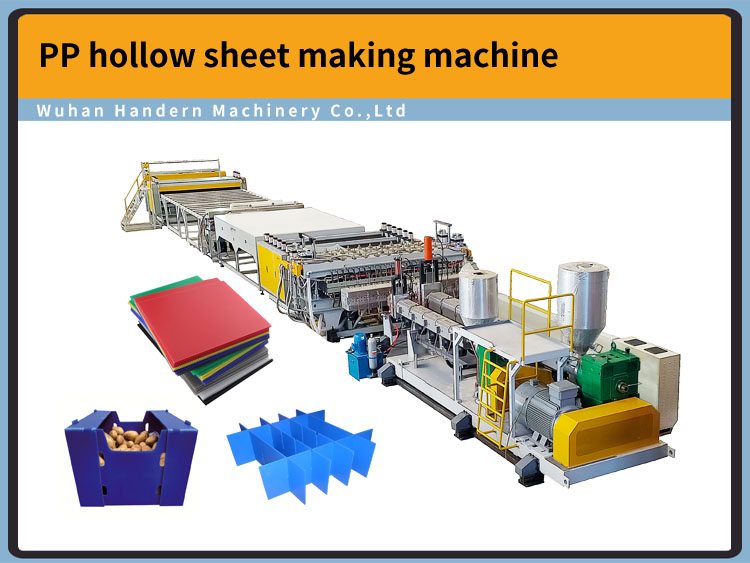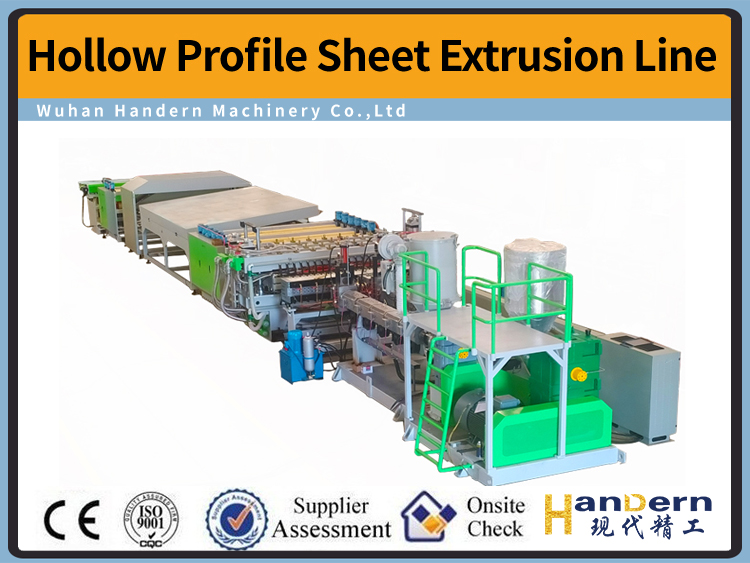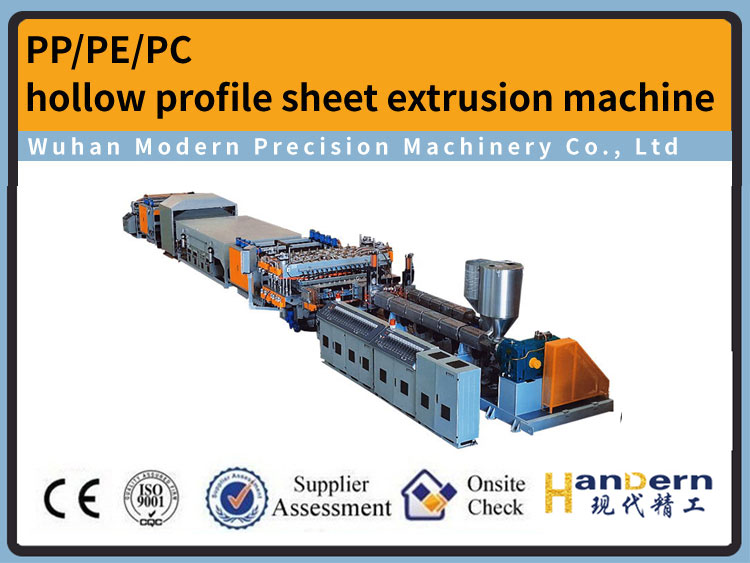Extrusion and Stretch Molding of Polypropylene Film
DATE:2022/10/8 8:44:02 / READ: / SOURCE:This station
Extrusion and Stretch Molding of Polypropylene Film
Turbidity of the product; The pressure of compressed air at the air jet shall be controlled within 0.4~0.6MPa. ⑦ Polypropylene cast film for printing In order to ensure the printing qualityCorona treatment must be carried out during the process.
⑧ Polypropylene tape casting film for automatic rapid packaging shall be added with antistatic agent of certain proportion or coated with antistatic agent on the surface.
(5) The quality of the measured type shall comply with the provisions of QB/T1125-2000.
The physical and mechanical properties of the film shall comply with Table 6-34. The hygiene performance of polypropylene cast film used for packaging food shall comply with GB968788 and GB9688-88.
Table 6-34 Physical and Mechanical Properties of Polypropylene Cast Film
Project thickness>40 μ M thickness ≤ 40 μ m
Longitudinal 40 35
Tensile strength/MPa transverse>30 25
Elongation at break/% Longitudinal transverse ≥ 500 600 350 450
Friction coefficient static μ S motion pd<0.35
Wetting tension/(mN/m) 38
Fog/%
Note: 1. Wetting tension refers to the standard that can be negotiated by both parties.
2. Friction coefficient is not considered for metallized and cooking special films. If required by users, it shall be determined by the demander.
3. Wetting tension test refers to the measured value within 3 months from the date of production.
6.33 Extrusion stretch molding of polypropylene film
The stretch forming of polypropylene film is divided into unidirectional stretching (MOPP) film and biaxial stretching (BOPP) film. As the application of biaxially oriented polypropylene film is the largest, the properties and applications of biaxially oriented polypropylene film are introduced here.
Biaxially oriented polypropylene film is a film made by extruding polypropylene sheet (flat film) or tubular film with a certain thickness, stretching it in both vertical and horizontal directions (respectively or simultaneously) between softening temperature and melting temperature, and then shaping it. It is a biaxially oriented polypropylene film. As polypropylene resin is a crystalline polymer, its molecules will be reordered when it is stretched at a suitable temperature, thus improving or enhancing the physical and mechanical properties of polypropylene film. For example, compared with ordinary polypropylene film, the crystallinity, tensile strength, impact strength, tear strength, oil resistance and zigzag life of biaxially stretched polypropylene film after stretching are significantly improved. In addition, the cold resistance, heat resistance, transparency, air tightness, moisture resistance, luster and electrical insulation of the biaxially stretched film are also improved compared with the ordinary polypropylene film (CPP).
See Table 6-35 for the performance indexes of biaxially oriented polypropylene film.
Table 6-35 Performance indexes of biaxially oriented polypropylene film
Index name Polypropylene film biaxial stretching Index name Polypropylene film biaxial stretching
Tensile strength/MPa 1.3~2.5 Heat shrinkage (100 ℃, 1min)/% 1~8
Elongation/% 15~40 Operating temperature range/℃ - 50~120
Tensile strength modulus/MPa 20~25 water vapor transmission rate/[g/(m2 1.1~1.3
Tear strength/(N/mm) 2.7~5.8 0.1mm · 24h)]
Impact strength/(kJ/m) 59 Oxygen transmission rate/[mL/(m ² two hundred and forty
Zigzag life/time>10000 0.1mm · 24h) 7
Friction coefficient turbidity (0.0254mm)/% 1~2
0.4~0.5 volume resistivity/Ω· cm dielectric strength/(kV/mm) 1016130~200
Biaxially oriented polypropylene film can be widely used as composite film substrate, adhesive tape substrate, cellophane substrate and capacitor film, in addition to the use of ordinary blown film (packaging of various foods, clothing, textiles and miscellaneous products).
(1) The types of biaxially oriented polypropylene films are classified according to their uses. The commonly used types are ordinary, heat sealed, pearlescent and capacitive. In addition, there are also shrink films, extinction films, anti fog drop films, label films, synthetic paper and BOPP/PE, BOPP/CPP composite films, vacuum aluminized films, composite films for cooking bags and barrier films.
① Ordinary biaxially oriented polypropylene film Ordinary biaxially oriented polypropylene film is a kind of stretched film made of polypropylene resin as the main raw material, with some auxiliary materials added. This kind of film has the characteristics of good strength, high transparency, shrinking heat sink, low moisture transmission and moderate corona treatment. Because of its good printing performance, it can be used as adhesive tape substrate and vacuum electroplating metal foil layer, so it is mostly used for food, clothing, tea and milk powder packaging. Common film thickness is 20 μ M (printing composite film), 30pm (adhesive tape film) and 40 μ M (Hang -
Membrane used).
Ordinary biaxial oriented polypropylene film, standard/T100031996:
See Table 6-36 for the physical and mechanical properties of this film. At present, most domestic products use flat film to stretch the film, which is Class A; The tensile film with tubular film is Class B.
Method.
② Heat sealed biaxially oriented film Heat sealed biaxially oriented film is made by coating a thin layer of chlorinated polypropylene with biaxially oriented polypropylene film as the substrate [or extruding three layers of film with PP and COPP (ethylene propylene copolymer) as raw materials, adding some auxiliary materials properly]. In addition to the properties of BOPP film, this film also has the characteristics of low temperature heat sealing, low friction coefficient and moisture permeability. It is mainly used for packaging candy, food and biscuits. It can be directly heat sealed while keeping the surface flat. According to GB/T12026-2000, the heat sealed biaxial oriented polypropylene film formed by co extrusion is Class A; The heat sealed biaxially stretched film made of biaxially stretched polypropylene film as the base material and coated with a layer of other materials is Class B. The properties of the two types of films are shown in
Table 6-37.
③ Capacitive biaxially oriented polypropylene film requires that the resin used for forming such film has high purity and ash content less than 0.1x10-3. In addition to the properties of ordinary PP film, this film should also have good dielectric strength, volume resistivity, dielectric constant, dielectric loss tangent and other electrical properties. The film thickness is generally less than 20pm, which is mainly used to manufacture oil immersed power capacitors and metallized film capacitors.
See Table 6-38 for the performance indexes of capacitive biaxially stretched polypropylene film.
Table 6-38 Performance Index of Capacitive Biaxially Stretched Polypropylene Film
Turbidity heat shrinkage rate/% tensile strength/MPa item transverse longitudinal longitudinal ≤ 3.0 ≤ 5.0 ≥ 130 ≥ 230 index relative dielectric constant elongation at break/% dielectric loss angle tangent eye longitudinal transverse
4.0x10-4 index<250
2.2±0.2≤120
Average thickness deviation/% ≤± 6.0
Volume resistivity/Ω· cm 1.0x1015 a extrusion
Thickness deviation/% ≤± 8.0 Dielectric strength/(kV/mm) DC ≥ 400
-426 - Chapter 6 Plastic Film Extrusion Molding
(2) Production process of biaxial stretch film
① Raw material selection: Biaxially oriented polypropylene film forming is made with isotactic polypropylene resin as the main raw material, and some auxiliary materials can be added with about 4% additive masterbatch if necessary according to the different uses of products. The melt flow rate of polypropylene resin is required to be 2~4g/10min; Isotacticity 95%~98%; Water content is less than 0.03%; Ash content is less than 0.2x10-3. PP film biaxial stretching special materials: such as F200, F280, F320, F500EP of Sinopec Shanghai Petrochemical Company and T36F and T36FE of Sinopec Qilu Petrochemical Co., Ltd.
Author:admin




